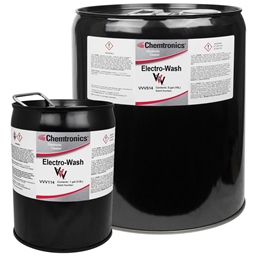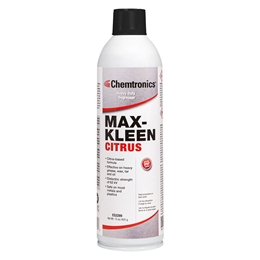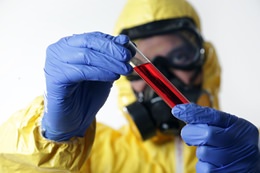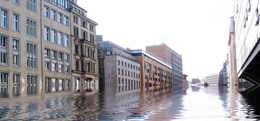Maintenance and Repair Cleaning
Keep Equipment Running with Advanced Degreasers & Contact Cleaners
Chemtronics complete line of high purity solvents are the finest, most effective products made for the critical cleaning and degreasing of electronics, electrical assemblies
All aerosols can be sprayed in any direction, even upside down. Look for the “All-Way Spray” icon on the can.
Electro-Wash Cleaner Degreasers are engineered to clean a wide variety of soil, oil, grease, oxides and handling contamination, from equipment and assemblies that include:
- Metal and fiber optic cable splices
- Motors and transformers
- Programmable Logic Controllers (PLCs)
- Pneumatic and hydraulic assemblies
- Electronics and electrical equipment
- Meters/measurement devices
Max-Kleen Heavy-Duty Degreasers rise to the challenge of your most difficult jobs. These industrial strength cleaners offer fast, easy removal of grease, tar, asphalt, oil
Recommended for all degreasing applications including:
- Clutches, armatures, generators, and compressors
- Electrical motors and equipment
- Bearings, chains, cables, pulleys and gear drives
- Brakes, springs
and flywheels
Dielectric Breakdown
Fiber Optic Applications
Plastic Sensitivity(Choose One)
Soil Type / Application
Flammability
Environmental & Safety
Cleaning Method





















